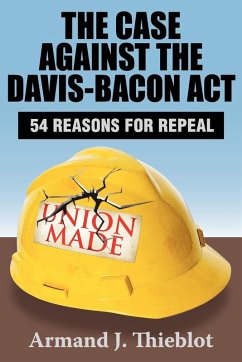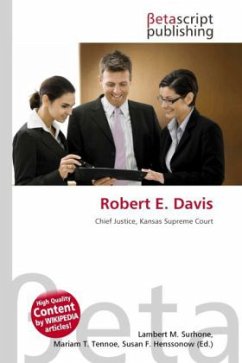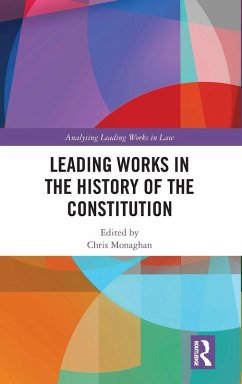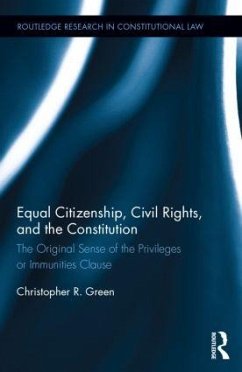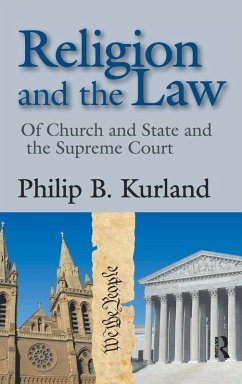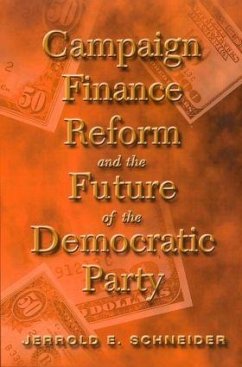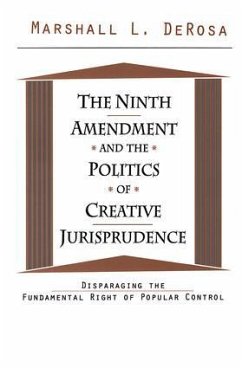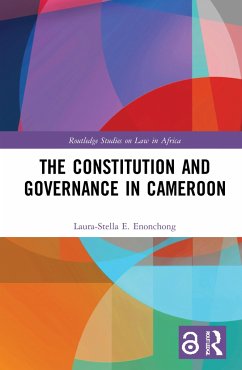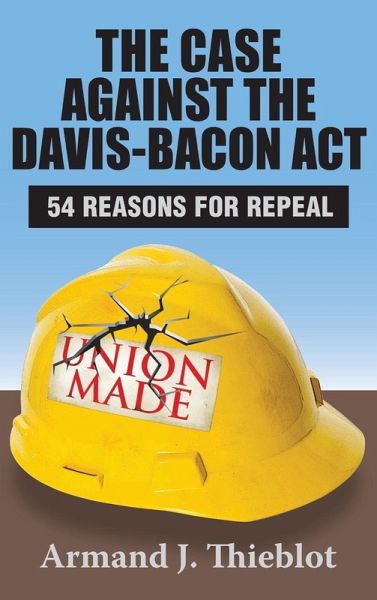
The Case Against the Davis-Bacon Act
Fifty-Four Reasons for Repeal
Versandkostenfrei!
Versandfertig in 1-2 Wochen
169,99 €
inkl. MwSt.
Weitere Ausgaben:

PAYBACK Punkte
85 °P sammeln!
The Davis-Bacon Act is a United States federal law that established the requirement that prevailing wages must be paid on public works projects





